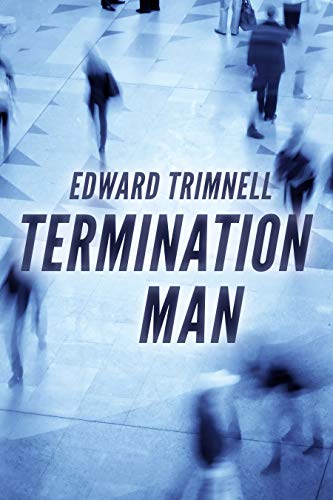“The Lottery” (1948) is one of those short stories that generations of high school students have read. And sure enough, I read “The Lottery” as a high school student in the 1980s.
I recently reread the story. “The Lottery” packs a powerful punch in less than 4,000 words. Having read this story, no one can doubt Shirley Jackson’s skills as a writer.
(Likewise, I won’t summarize the story’s plot here. If you haven’t read the story yet, then do so now and then come back to this essay.)
Shirley Jackson died in 1965 at the age of 48. We can only imagined what she might have accomplished, had she been given another three or four decades to write.
“The Lottery” seems to imply that sinister things are happening in small-town America. Stephen King, who has cited Jackson as an influence, has often written about the evil fishbowl of the American small town. Many of King’s novels and stories—‘Salem’s Lot, “Children of the Corn”, Under the Dome, etc.—reprise this theme.
Shirley Jackson was born in 1916, and Stephen King was born in 1947. I was born in 1968, and I can’t say for certain what life in small-town America might have been like in say, 1959. I have no firsthand experience of that world.
Throughout my lifetime, however, the big cities have been the epicenters of mindless violence in American life. Crime rates are almost uniformly higher in our big cities. Our big cities are often sources of grassroots mass violence: the Los Angeles riots of 1992 and the urban riots of 2020 being but a few salient examples.
Here in Cincinnati (near my home) a group of inner-city residents beat several people half to death over this previous summer.
Since 2020, residents of big blue cities have famously fled urban states like New York and California for more bucolic settings in states like Texas and Tennessee.
None of the above diminishes the impact of “The Lottery”. But perhaps this story, now published almost 80 years ago, needs to be “reimagined”. It would be interesting if a short story-writer were to pen a 21st-century version of “The Lottery”, set not in a small town, but in inner-city New York or Los Angeles.
For all you writers and aspiring writers out there, consider this a free writing prompt.
-ET







